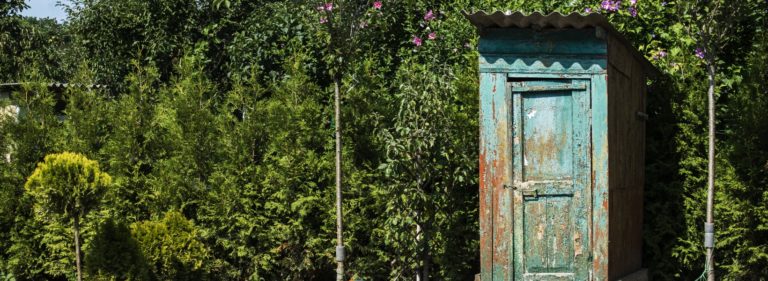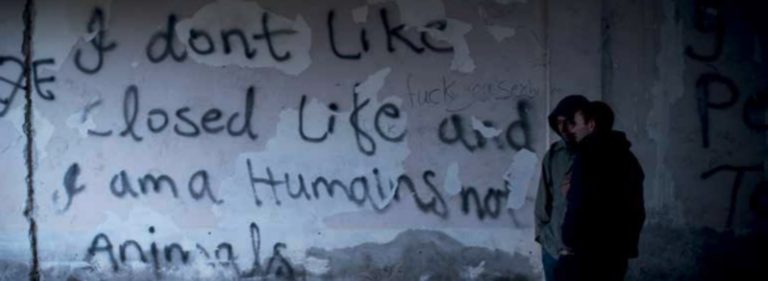This gender analysis aims to reveal the gaps in humanitarian action, response and services available to the nearly one million Rohingya refugees living in the Cox’s Bazar region of Bangladesh, as well as the host community.
The Rohingya are a persecuted ethnic and religious minority who have been fleeing Rakhine state in Myanmar on and off since British occupation. The recent crises has emerged out of policies of ethnic cleansing enacted by the government and military of Myanmar. The Join Response Plan (JRP) reports that a majority of this refugee population are women/girls (52%) and children (55%) under 18 years of age. The rapid influx of refugees has meant commensurately rapid expansion of the refugee camps, which has put significant strain on the host community and on humanitarian resources. An estimated 336,000 people live in the Bangladeshi host community.
Gender issues including gender-based violence (GBV) are pervasive in the Rohingya community. Rohingya are culturally conservative and have social and cultural norms that prevent women’s empowerment, constrain mobility and discourage employment. As women receive more opportunities to engage in paid work, men are responding with higher levels of domestic violence. A rapid gender analysis by CARE reported that, in one camp, ever woman and girl was either a survivor of sexual assault or witnessed it while in Myanmar but that women feel comparatively safe in the camps in Bangladesh. Crowded settlements and lack of appropriate WASH facilities are increasing health risks and vulnerabilities, and women experience GBV including sexual harassments, assault and violence. Hundreds of incidents of GBV are reported weekly. A safety audit revealed that boys(36%) and girls (80%) feel most unsafe in public (bridges, roads, bazaars) and around adults who are meant to keep them safe (volunteers, police, camp leaders, porters). Girls in particular noted that they felt most safe in enclosed girl-friendly spaces where they could learn. Children of all genders report being at risk when accessing aid and services: boys felt more unsafe at distribution points, where they report having been hit by volunteers while girls report feeling unsafe at health points where they are prone to bullying or harassed by adolescent boys en route.
Domestic violence is seen as the norm and adults of all genders have GBV-supportive attitudes (i.e. women believe men have a right to beat their wives). Sexual exploitation by camp/community leaders was also reported. Women who have been abandoned or are widows are often unable to leave their homes and rely on community leaders for help—help that is doled out intermittently.
Overall, this assessment found that Rohingya and host communities have high levels of gender inequality and high levels of GBV.
The cultural conservativism of the Rohingya and host communities pose particular challenges for people with diverse SOGIESC living in either community. This analysis reports that transgender people are excluded from protection mechanisms and services, and that a lack of research on diverse SOGIESC people means the extent of this particular vulnerability is unknown.
During the research for this paper, FGD participants were asked about particularly vulnerable populations. Researchers probed to ascertain whether there were any [known] transgender people in the community, as surveys indicated 7% of respondents knew transgender people in their community. Participants in one FGD confirmed that they were aware of transgender persons, but the majority of participants said they were unaware of the existence of transgender persons. The vast majority of respondents indicated that they hold transphobic views: 62% said their response to transgender people was to make jokes about them while 11% said they accept transgender people as they would any other person. These findings, as well as the general lack of knowledge around the experiences of people with diverse SOGIESC living in Cox’s Bazar, highlight the immediate need for more research with these populations.













